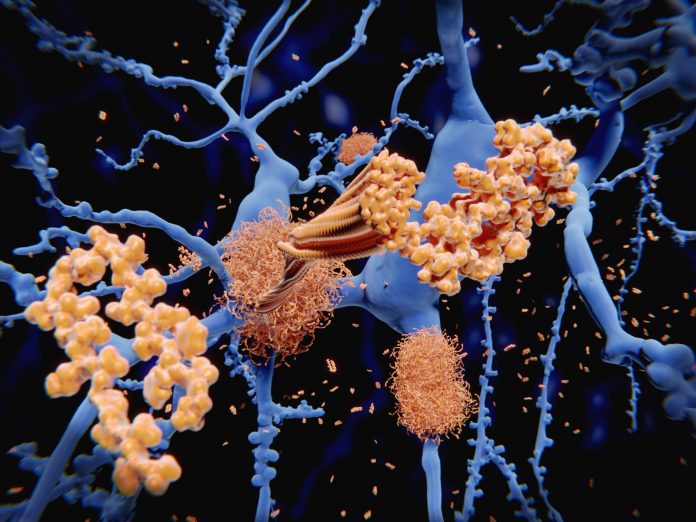
A large-scale data analysis suggests about a quarter of dementia cases are linked to race or controllable risk factors, such as high blood pressure, diabetes, physical inactivity, and too little or too much sleep. Adding gene variant APOE ε4 status to the analysis boosted the number of explainable cases to 31%. The research included 91,881 participants of the University of Hawai’i and University of Southern California’s Multiethnic Cohort Study.
“Our findings call out the need for tailored interventions for various racial and ethnic groups, specific to more prevalent risk factors,” said senior author Unhee Lim, PhD, of the University of Hawai’i at Manoa.
The work was published January 17, 2024, in the online issue of Neurology.
“There is no cure for Alzheimer’s disease, so preventing or delaying this disease and other related forms of dementia by reducing controllable risk factors is an urgent public health priority,” said Lim. “Our study found not only does the percentage of cases linked to controllable risk factors vary by race and ethnicity, so do the most prevalent risk factors for each group.”
Study participants had an average age of 59, and did not have dementia at the start of the study. The pool included 34% Japanese Americans, 28% whites, 19% Latinos, 12% Blacks, and 7% Native Hawaiians.
Data was gathered on factors such as medications, physical activity, years of education, and average amount of sleep. Participants also completed a food questionnaire to determine diet quality. Researchers used participants’ residential addresses to determine the socioeconomic conditions of their neighborhoods.
After an average follow-up period of nine years, 16,507 people were diagnosed with Alzheimer’s disease or a related dementia at age 60 or older. Most of those diagnosed were Black (24%) or Native Hawaiian (14%).
Researchers then determined what percentage of cases could be attributed to known risk factors, including the gene variant APOE ε4, as well as 12 factors that can be controlled or changed: low physical activity, less), current smoking, too little or too much sleep, obesity, low-quality diet, and a history of high blood pressure, heart disease, stroke, or diabetes.
Researchers found that overall 31% of dementia cases could be attributed to known risk factors: with approximately 23% explainable by controllable factors. When APOE ε4 status was included in their analysis, the researchers found about a third of cases could be explained.
Looking only at controllable risk factors, the percentage of cases was 23% and 24% among women and men, respectively. However, across racial and ethnic groups, the percentages varied. Controllable risk factors accounted for 33% of cases among Latinos, 29% among Native Hawaiians, 28% among Black people, 22% among white people, and 14% of cases among Japanese Americans. Top individual risk factors also varied by race and ethnicity.
“The disparity for Black people has been reported by previous studies,” Lim said. “However, our study also discovered a disparity for Native Hawaiians, who we analyzed separately from Asian Americans. Native Hawaiians are often grouped with Asian Americans in research. However, studies have consistently shown Asian Americans have the lowest risk for Alzheimer’s disease and related dementia.”